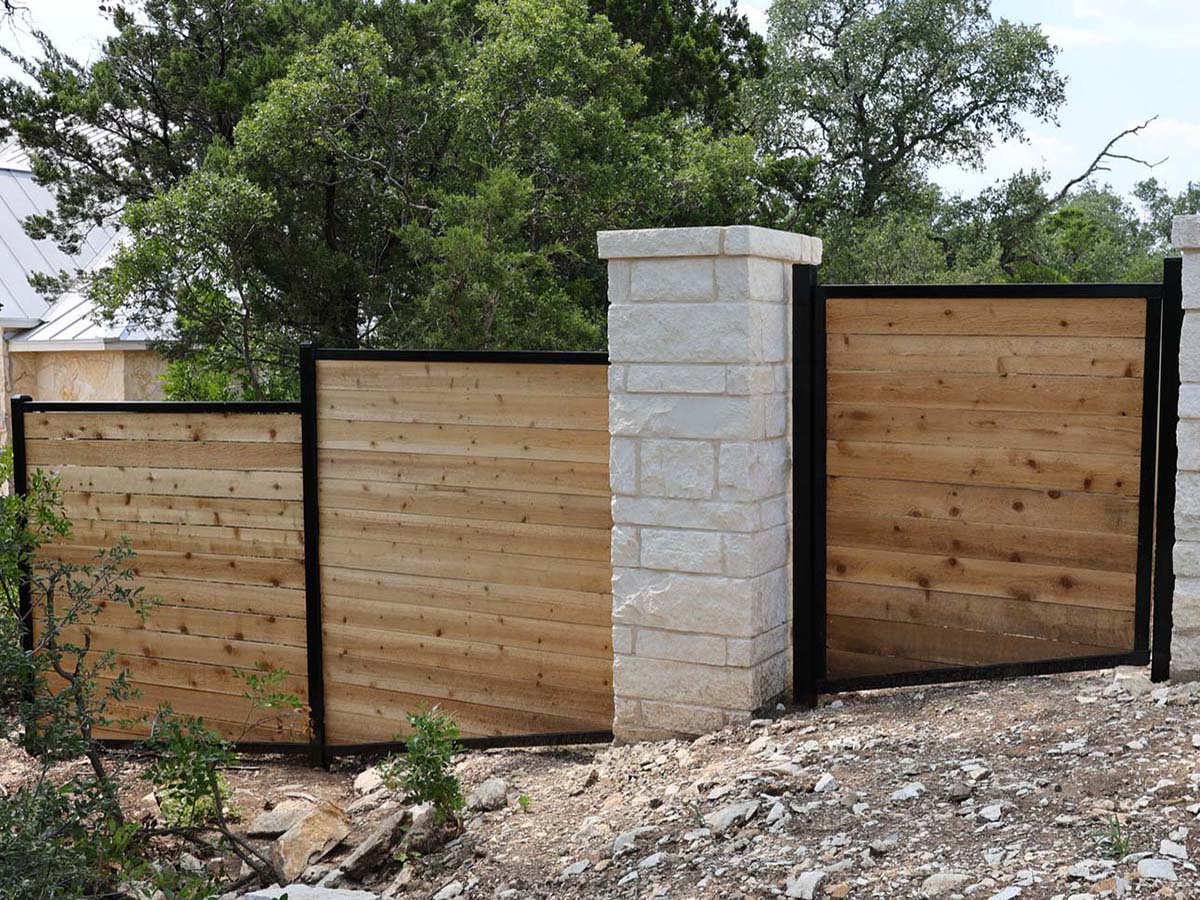All Categories
Featured
Fencings give numerous benefits for property owners, including privacy, protection, and enhancing visual charm. Even the most sound fencings won't last for life. With time, direct exposure to weather, parasites, and natural wear can trigger a fencing to deteriorate. While some issues can be fixed, others might call for full replacement to recover the performance and look of your residential property. Right here are numerous crucial indicators that your fence might require to be replaced.
![]()
![]()
![]()
Conclusion. Whether it's with physical damages, bug invasions, rot, or just the natural progression of time, acknowledging the indicators that your fencing needs to be changed can assist you make an enlightened decision regarding when to take action. By replacing your fencing at the appropriate time, you can make certain that your home remains safe, aesthetically appealing, and practical for years to come.
- Considerable Physical Damage. Physical damage to a fence can be caused by numerous factors, including severe climate, fallen trees, or crashes. If multiple panels are broken, or the messages are entirely jeopardized, the fencing will no much longer serve its key function of giving security and privacy.

- Rotting and Decay. Over time, the rot can spread throughout the fencing, weakening its architectural stability. While localized locations of decay might be repaired, if the rot is extensive, changing the fence is typically the best alternative.
- Leaning or Tilting. A leaning fence is a clear sign that the articles may have been harmed or that the dirt around the articles has actually shifted. Fencings that turn substantially might remain in danger of dropping over, creating a safety hazard. Shifting soil can happen because of different variables, such as erosion, tree origin growth, or ground settling. If the leaning is serious, or if attempts to align the posts have not worked, replacing the affected areas or the entire fencing might be needed to preserve protection and stability.
- Parasite Infestation. Pests such as ants, rodents, and termites can cause severe damage to wood fencings. In several cases, bug infestations can weaken the fence to the factor where repair services will not be sufficient, and substitute might be called for.

- Corrosion or Deterioration (For Metal Fencings) If the rust is considerable and impacting the honesty of the fencing, fixings may not be enough. In this instance, changing the steel sections or the entire fencing is the finest option.
- Discoloring or Staining (For Plastic Fences) Vinyl fencings are a popular selection as a result of their low upkeep and longevity. They can start to blemish or fade over time due to exposure to sunshine and extreme weather problems. While some fading can be cleaned up with appropriate cleaners, too much discoloration may make the fencing look unsightly. If the fence is revealing indications of considerable fading, specifically if it impacts the general appearance of your residential or commercial property, replacing it with a brand-new plastic fencing or a different product may improve both looks and performance.
- The Fencing is Out-of-date or No Longer Meets Your Needs. In some cases, the requirement to change a fence isn't because of damage, yet because it no more fits your needs or the design of your home. If your fence is obsoleted, doesn't supply adequate privacy, or no longer offers the degree of security you require, it may be time for an upgrade. Additionally, if your original fence was built for a particular purpose, such as keeping pet dogs in, today you call for a more strong barrier for personal privacy or protection, a replacement will certainly guarantee the fencing offers your present demands.

- Constant Fixing Expenses. If you locate on your own regularly repairing sections of your fence, it may be extra affordable to change the whole structure instead of constantly patching it up. Constant repair services can accumulate gradually, and a fence that needs constant interest may not be providing the security and capability you need. A new fence can conserve you cash over time by lowering recurring maintenance expenses.
- Fencing No Longer Gives Privacy or Safety. The key functions of several fences are to provide personal privacy and protection. If your fencing is no longer serving these purposes-- whether due to gaps, deteriorated structure, or just an outdated design-- it might require to be changed. A fencing that does not offer sufficient personal privacy can leave your home revealed, while a fencing that's no more secure can compromise the safety of your home.
- The Fencing is Near completion of Its Life-span. If your fencing is exceeding this age or approaching and shows multiple indications of wear, it's a great idea to begin preparing for a substitute. Even if the fencing appears to be in suitable condition, an old fence may be much more susceptible to damages, and replacing it proactively can save you from dealing with unexpected problems down the road.
Conclusion. Whether it's with physical damages, bug invasions, rot, or just the natural progression of time, acknowledging the indicators that your fencing needs to be changed can assist you make an enlightened decision regarding when to take action. By replacing your fencing at the appropriate time, you can make certain that your home remains safe, aesthetically appealing, and practical for years to come.
Latest Posts
Transform Your Home with Top Quality Flooring Solutions
Published Apr 19, 25
1 min read
Professional Car Repair Services at Montclare Auto Repair - Fix Your Car Now!
Published Apr 19, 25
2 min read
Maximize Your Cost Savings with Love My Cooperative Credit Union Incentives
Published Apr 19, 25
1 min read
More
Latest Posts
Transform Your Home with Top Quality Flooring Solutions
Published Apr 19, 25
1 min read
Professional Car Repair Services at Montclare Auto Repair - Fix Your Car Now!
Published Apr 19, 25
2 min read
Maximize Your Cost Savings with Love My Cooperative Credit Union Incentives
Published Apr 19, 25
1 min read